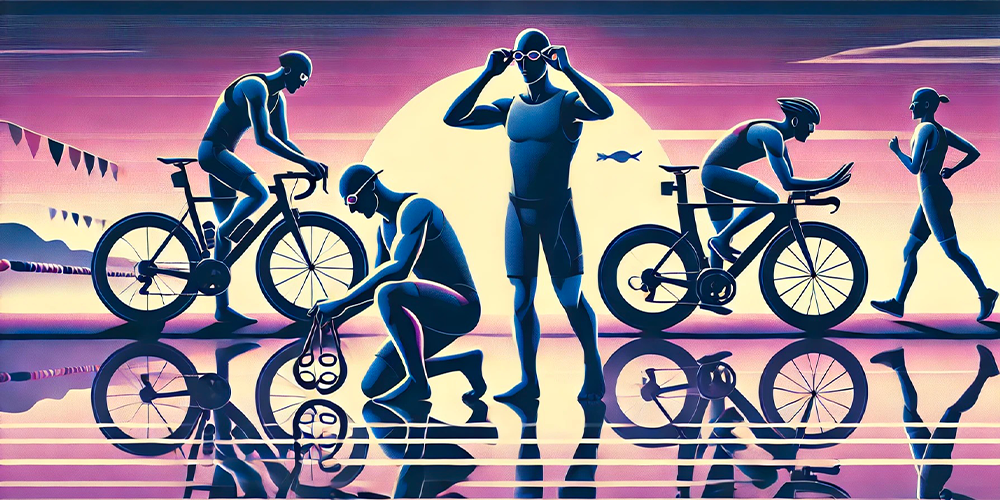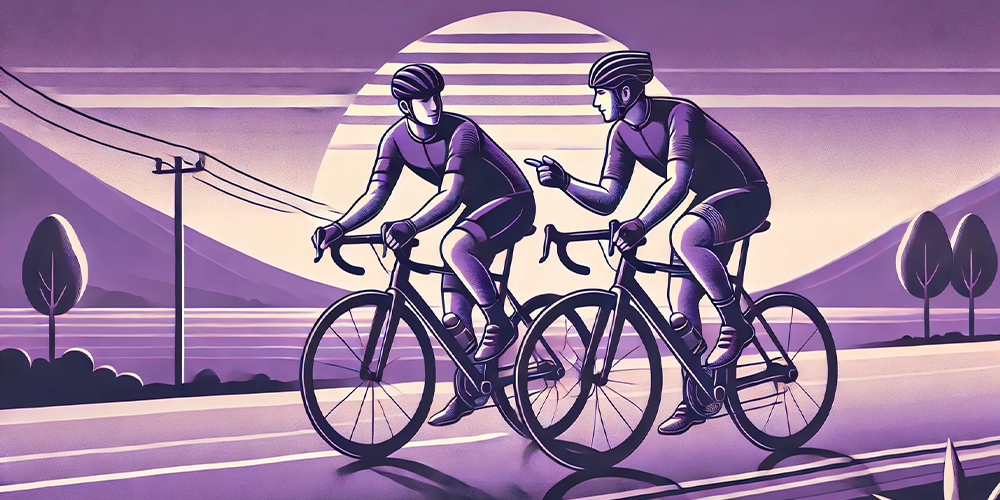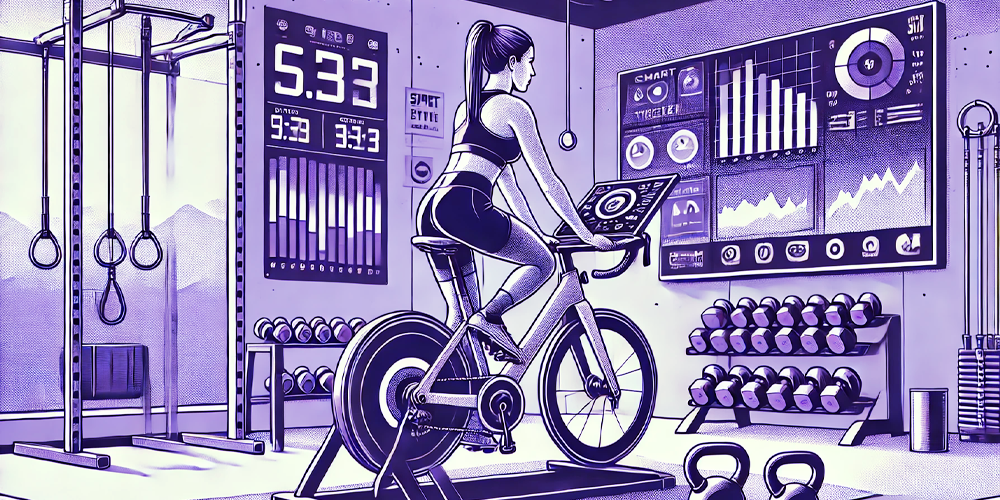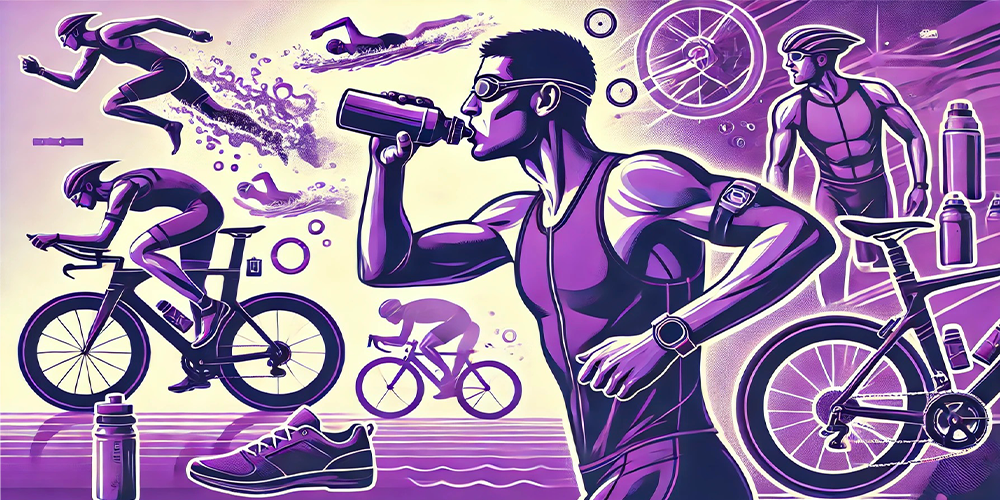Triathlon is more than just a race – it’s a test of endurance, mental resilience, and strategic preparation. Swimming, cycling, and running unfold seamlessly, pushing both body and mind to their limits. Successfully tackling this challenge requires structured training, efficient energy management, and a well-balanced approach at every stage. Discover 5 key elements for effective preparation and race with confidence!









